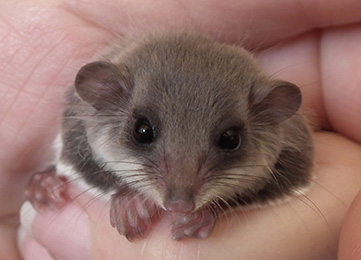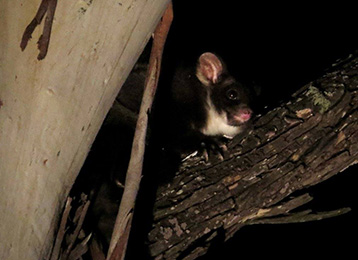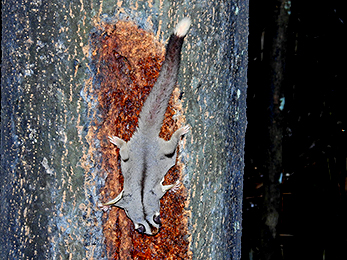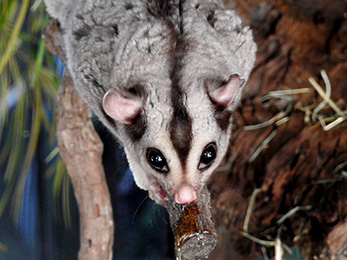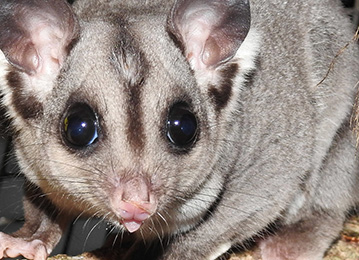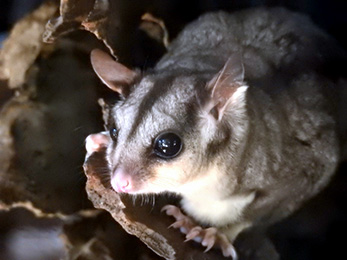GLIDERS
Australian gliders
Australian gliders are a group of small to medium-sized marsupials belonging to the family Petauridae. These unique and adorable animals are native to Australia and are named for their remarkable ability to glide through the air using a specialized membrane called the patagium, which stretches from their wrists to their ankles and allows them to move between trees in search of food and shelter.
Species Diversity: There are several species of Australian gliders, and each species has its own distinct characteristics and range.
Physical Characteristics: Gliders typically have large, round eyes, soft fur, and a prehensile tail that helps them maintain balance while gliding. They have strong, grasping hands and feet with sharp claws for climbing trees.
Diet: Their diet consists mainly of nectar, pollen, fruits, insects, and tree sap. Some species, like the Sugar glider, are known to feed on the sweet sap from eucalyptus trees.
Nocturnal Behavior: Gliders are nocturnal, meaning they are most active during the night. They use their keen senses of sight and smell to locate food and navigate through their forested habitats.
Gliding Abilities: Gliders are adept at gliding, which they achieve by leaping from a tree branch and spreading their patagium to create lift and control their descent. They can glide for significant distances, often between trees or to escape from predators.
Social Behavior: Many glider species are social and live in family groups or small colonies. They communicate using vocalizations, including chirps and clicks, and they use scent markings to establish territory and communicate with other members of their group.
Reproduction: Female gliders typically give birth to one or two underdeveloped young, known as joeys, which are carried in a pouch. After a period of growth and development in the pouch, the young gliders cling to their mother’s back and are eventually weaned.
Conservation Status: Some Australian glider species are considered threatened or endangered due to habitat loss, predation by introduced species such as foxes, dogs and cats, and other factors.
Cultural Significance: Australian gliders hold cultural significance in Indigenous Australian mythology and art. They are sometimes featured in Dreamtime stories and are important symbols in some Aboriginal cultures.
Wildlife Tourism: In some parts of Australia, especially in regions with thriving glider populations, wildlife tourism centered around glider watching has become popular. Tourists visit these areas to catch a glimpse of these fascinating creatures in their natural habitat.
Australian gliders are remarkable and charming creatures that contribute to the biodiversity of their native ecosystems.

